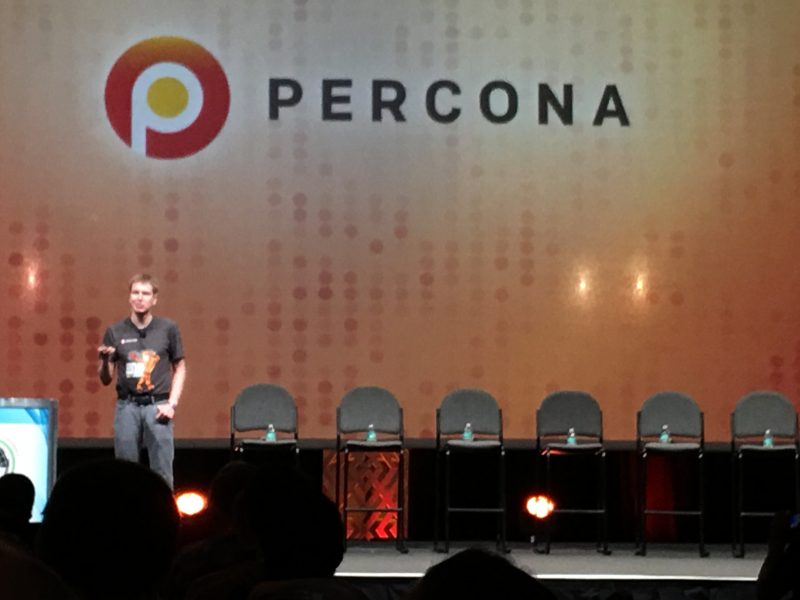May 2017
Open question – where next for open source? Our view from Percona Live 2017
Written by Paul Maher

The Percona Live Open Source Database Conference in Santa Clara has become the annual ‘trip to Mecca’ for the open source movement. As well as the ‘usual suspects’ of open source vendors, the big guys showed up, with presentations by Oracle’s MySQL division and exhibition booths for organisations whose code base relies heavily on open source, such as Netflix and Uber.
This year, with open source now in use by almost every government organisation and enterprise on the planet, there was a unifying question on the lips of every one of the delegates. If Open Source databases have gone mainstream, where to next?
The need for a new mission for open source was made clear by Peter Zaitsev’s opening speech where he laid out a vision of a stronger community than ever, but one which was based on today’s commercial reality as well as ongoing technical innovation into graph and time series databases.
There is little doubt that outsourced innovation is still at the core of why open source makes commercial sense. No one organisation, not even the largest of IT companies, can afford to employ the number of coders who contribute for free to the larger open source community projects. For this reason, it is likely both Artificial Intelligence and the Internet of Things will have open source at their core at the start and well into the future.
What is less clear is how vendors who are trying to monetize, some in the face of increasing demands from their Venture Capital backers, can become cashflow positive to justify the growth projections which has helped some of them raise large sums. This imperative to become more ‘commercial’ has become clearer at the same time as recent changes at Ubuntu distro backer Canonical, who cancelled its Unity project and at MariaDB, whose licensing model has been questioned by some.
In a market which, perhaps because of its ‘anti-establishment’ culture, is not well-understood by traditional IT analysts, the most relevant analysis is homespun. Day Two’s presentation by Paul Dix, of Influxdata, was an example. In a packed session, he revealed that despite some who think otherwise, all open source projects are ‘subsidised’.
This is not always obvious because in addition to commercial database vendors, such as Oracle, code creation is subsidised, non-directly, via revenue generation by enterprises such as Facebook and Google, who contribute back to the codebase and to the community’s viability.
Of the seven potential revenue streams he laid out, Dix claimed only two made sense today in a world where cloud vendors can offer much better costing based on their economics of scale. These were Open Core and SaaS, whilst making the point, most Open Core is SaaS and so they are synonymous. Unsurprisingly, many vendors at the show were Open Core plays, where much of the code is shared and additional, though crucial, elements are paid for items.
The reality that a new ‘open source’ bargain needs to be struck, will no doubt cause consternation within some community circles as unethical. However the admission that as Dix characterised it, “We need to find a way for the Open Source party to continue.” dawned on many at Percona Live.
Like many times in this most entrepreneurial of technology communities, few can doubt that such requirements will bring huge winners and even some high-profile losers, For industry watchers, databases, which many had written off as commodity IT, have never seemed more interesting.






